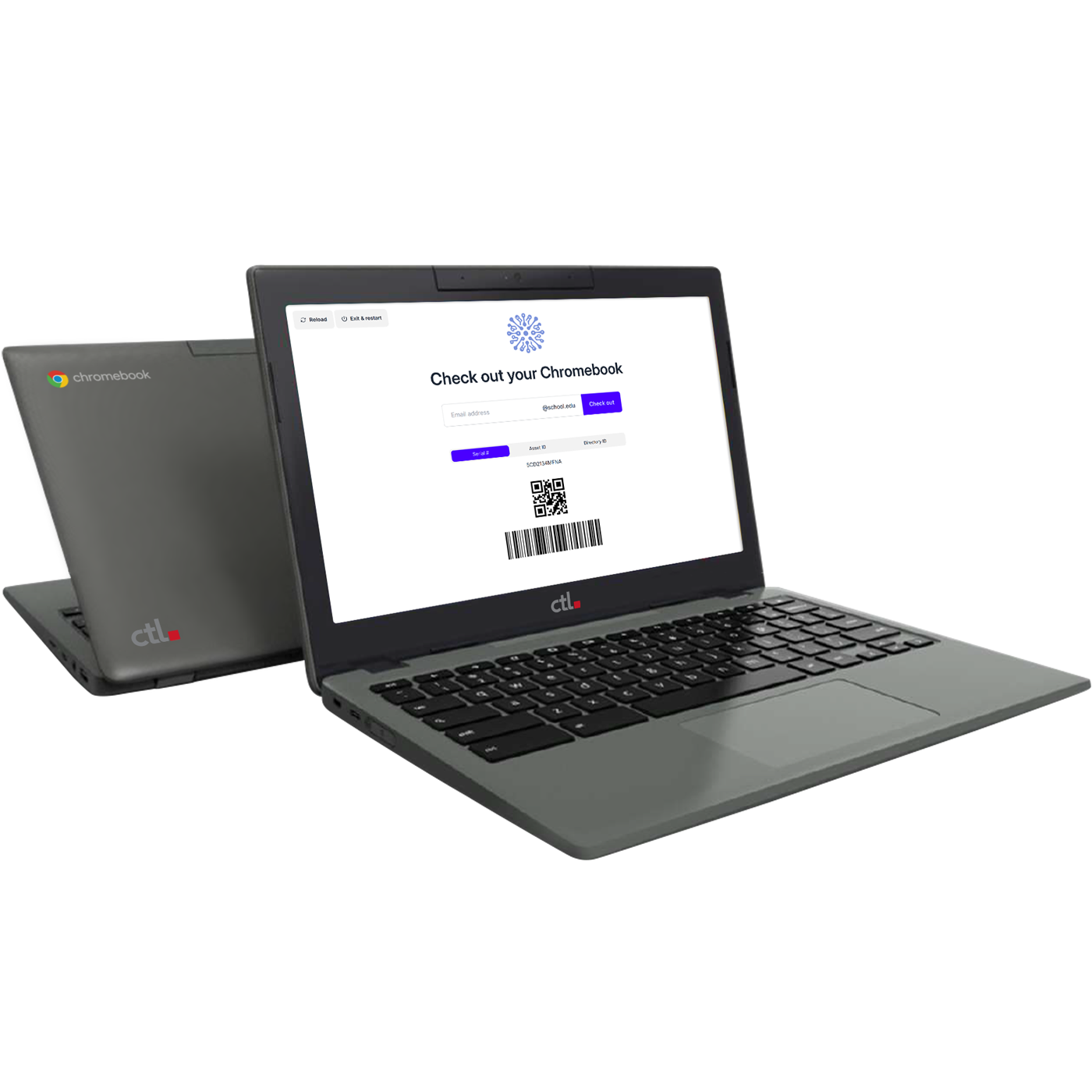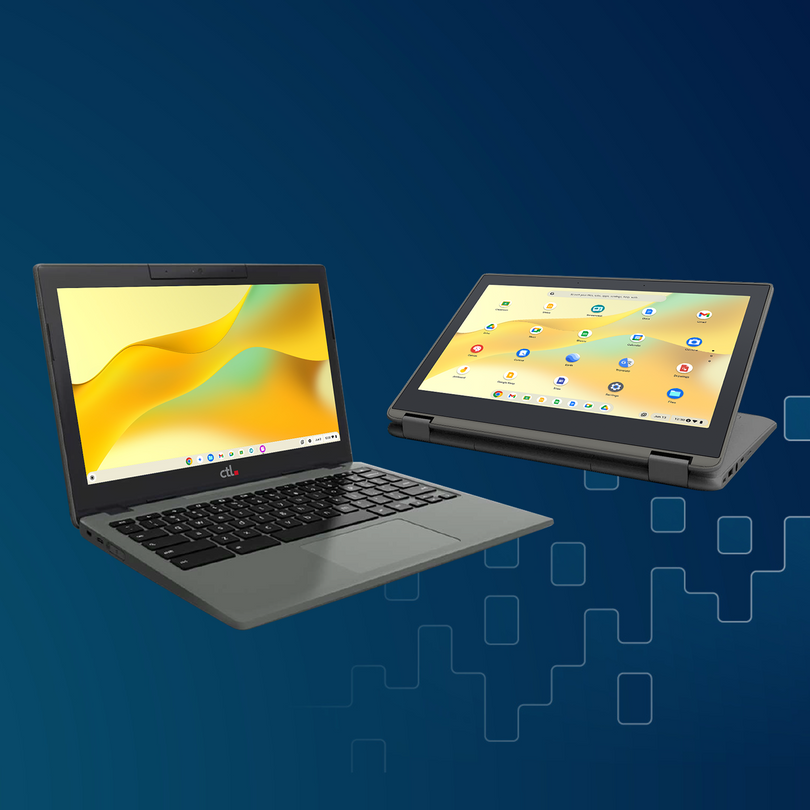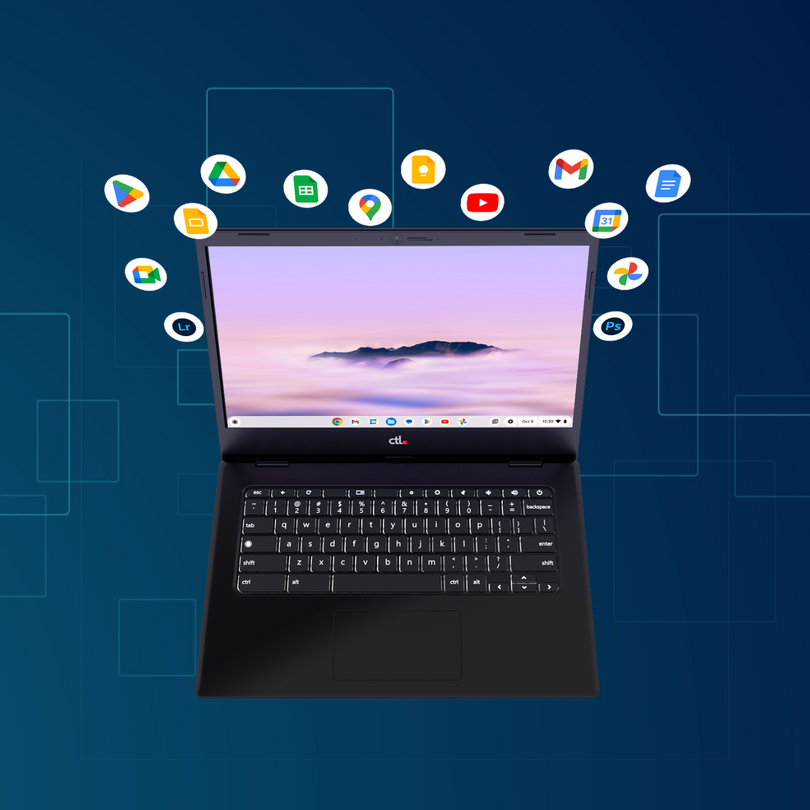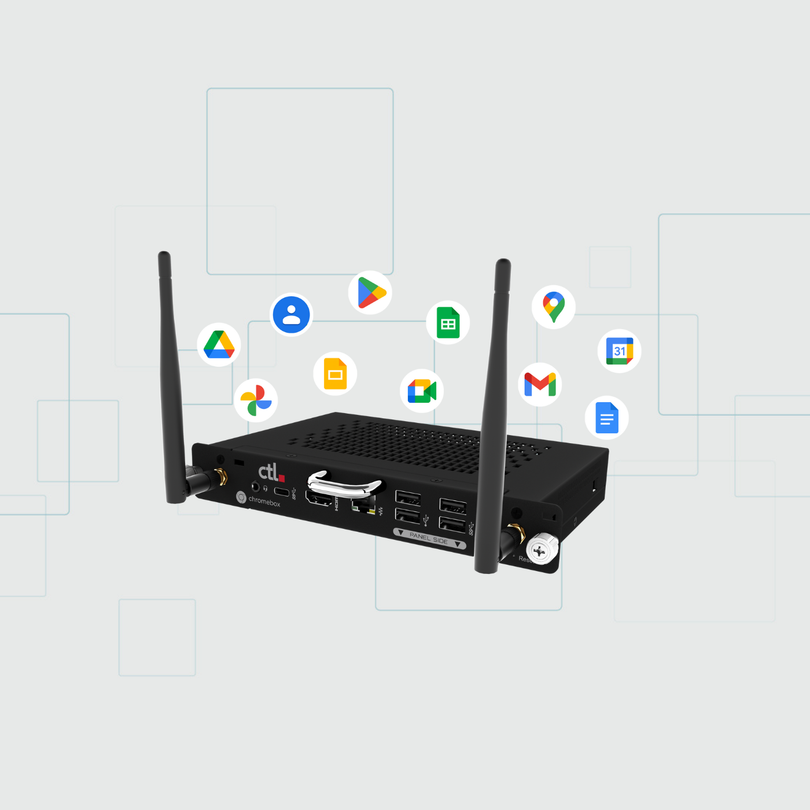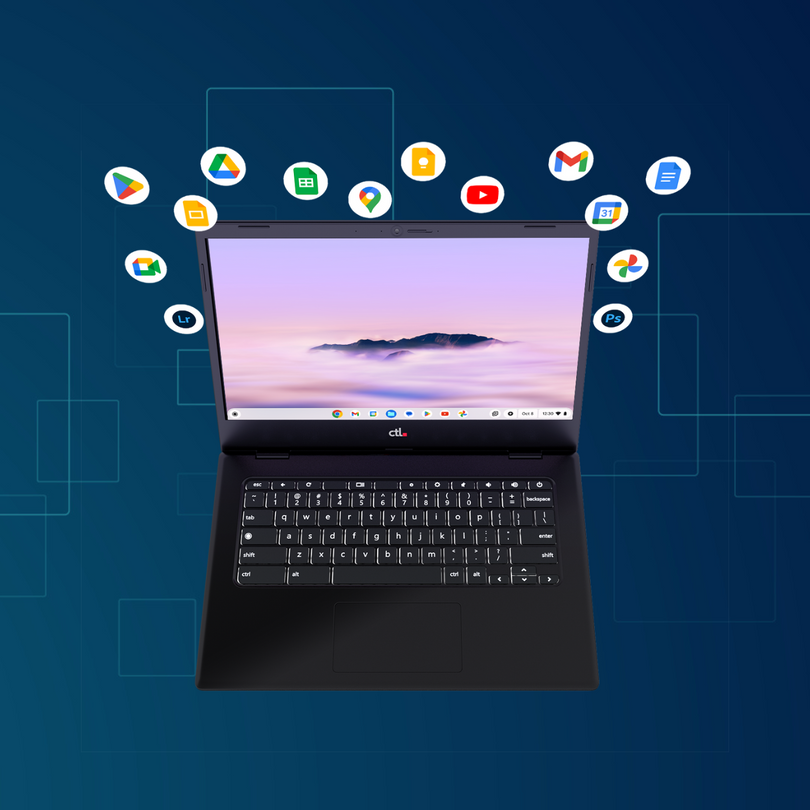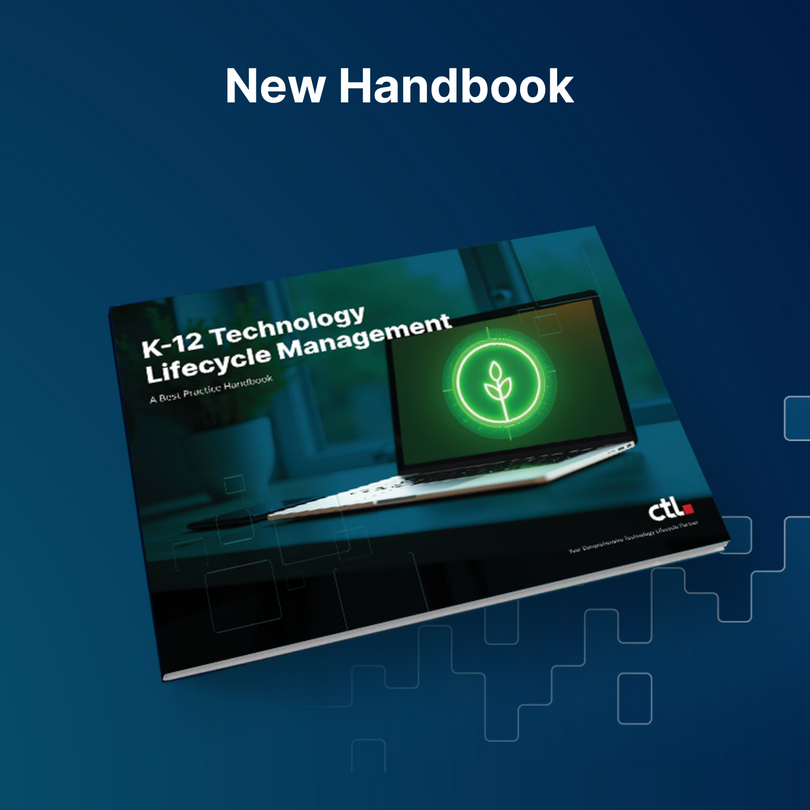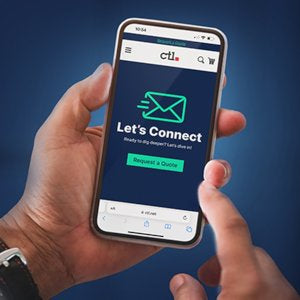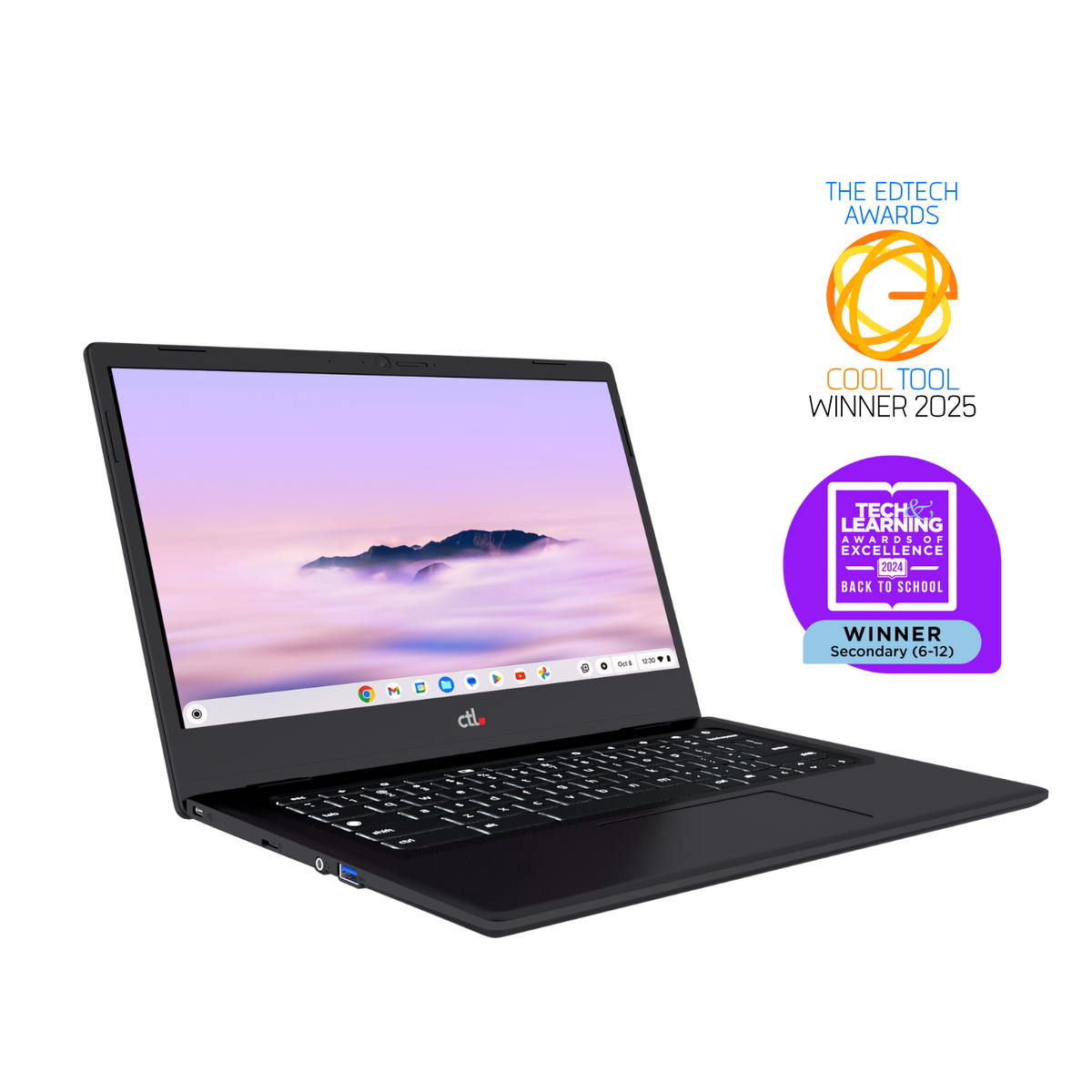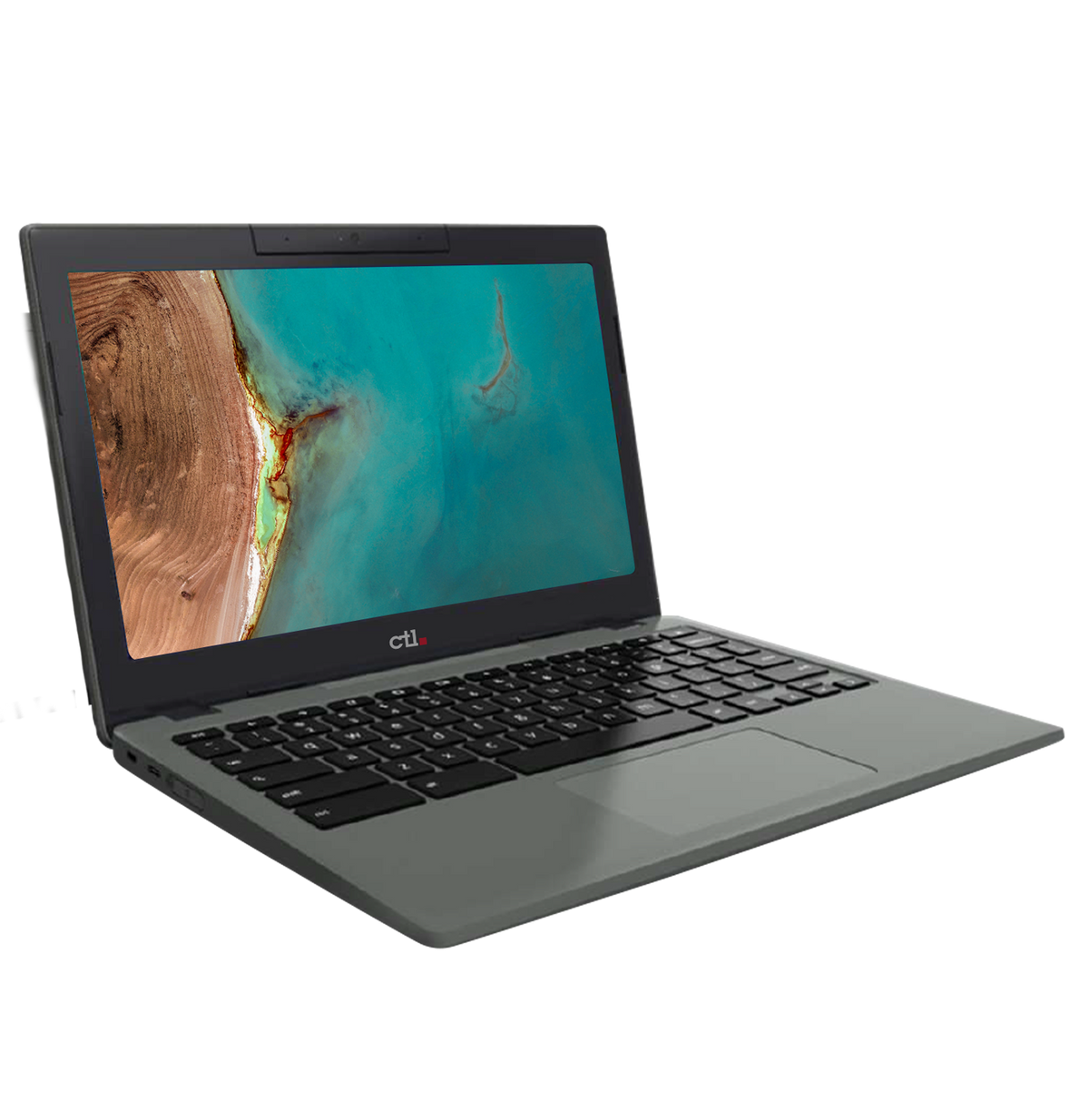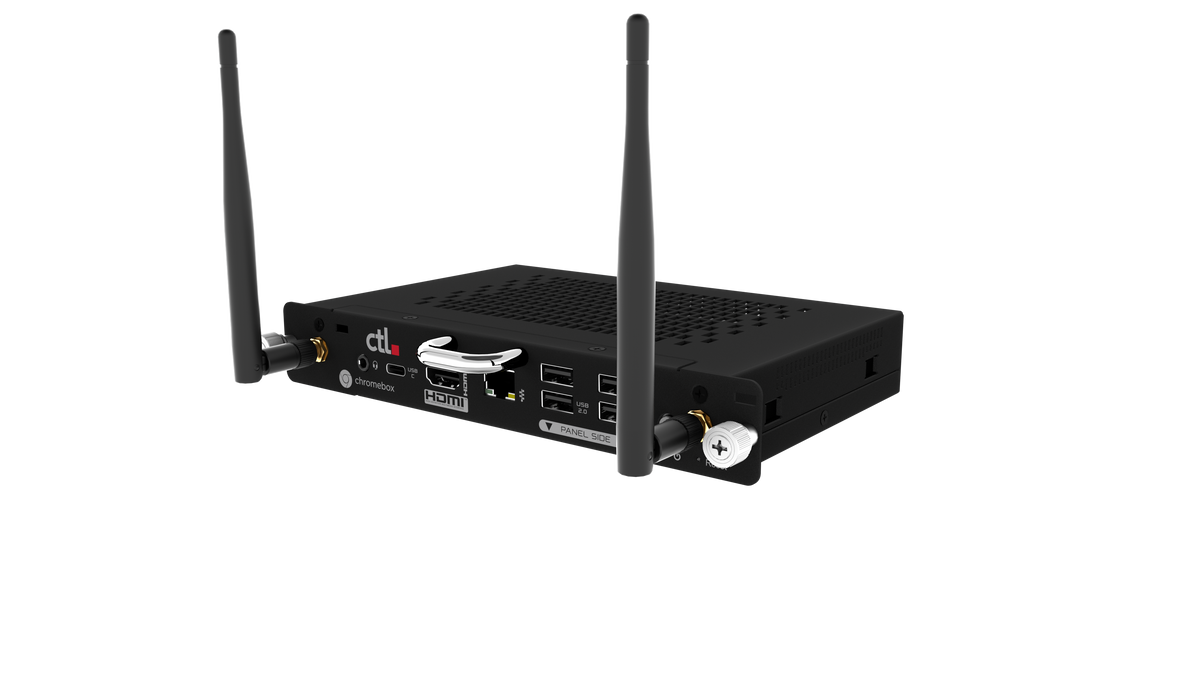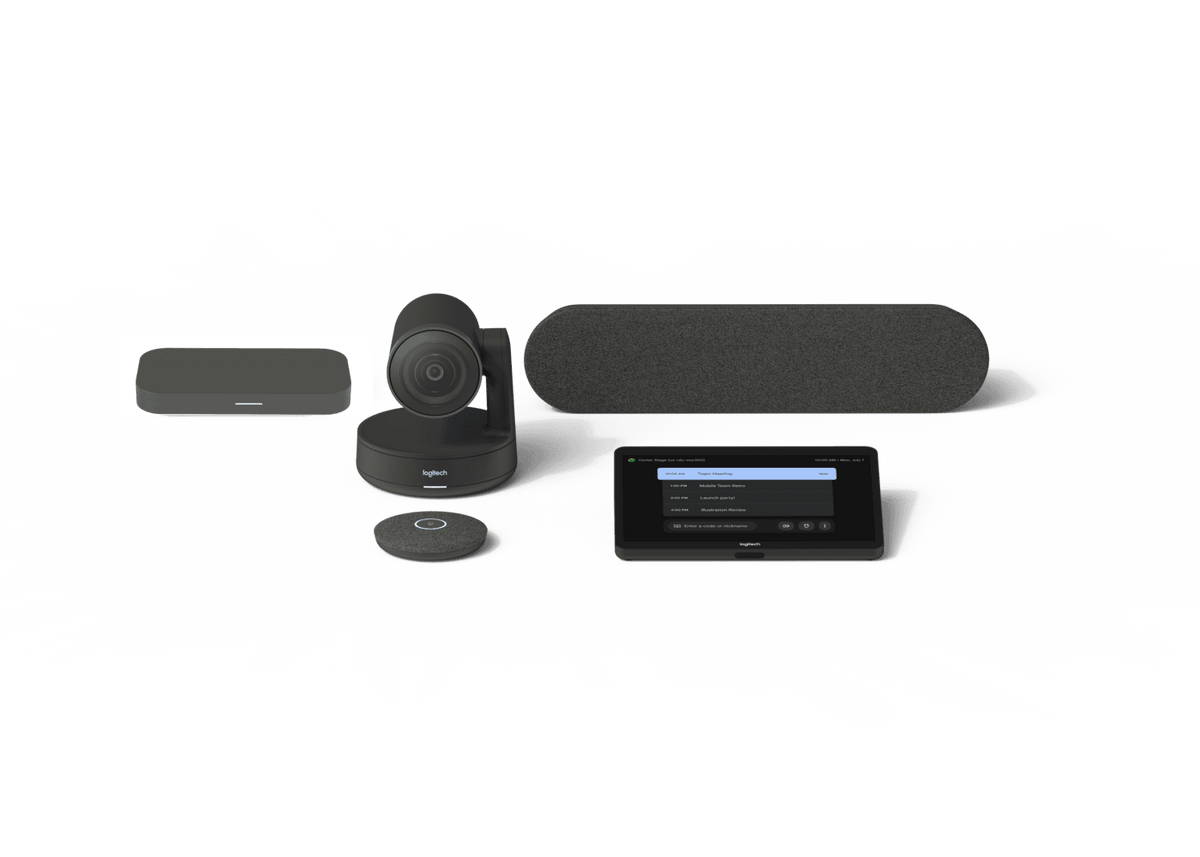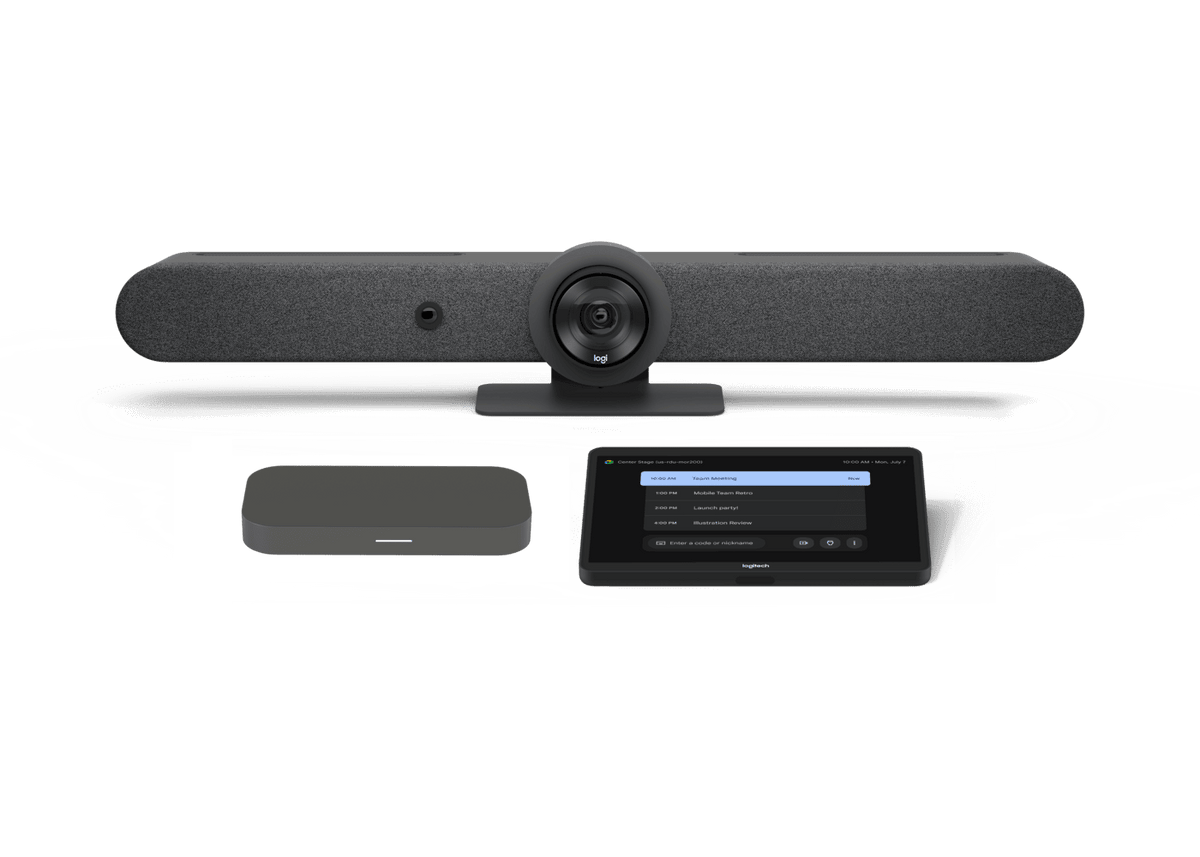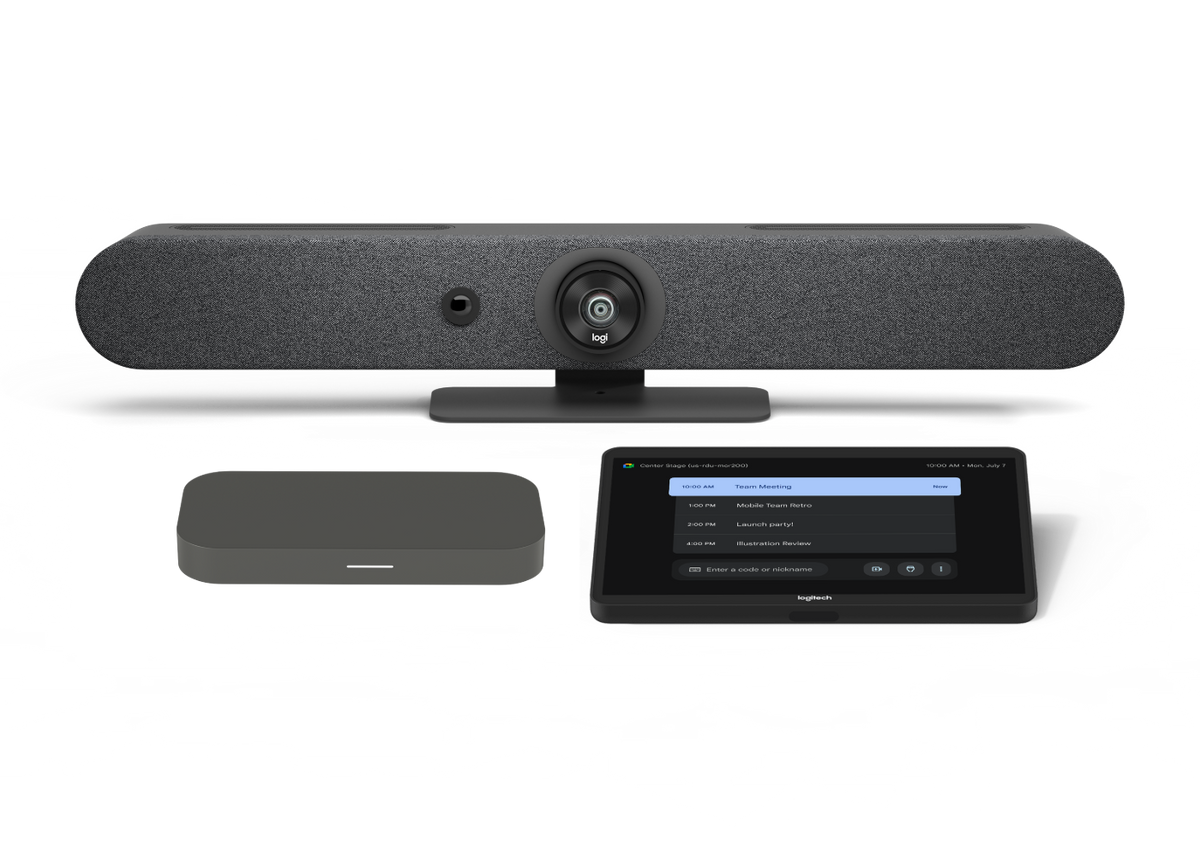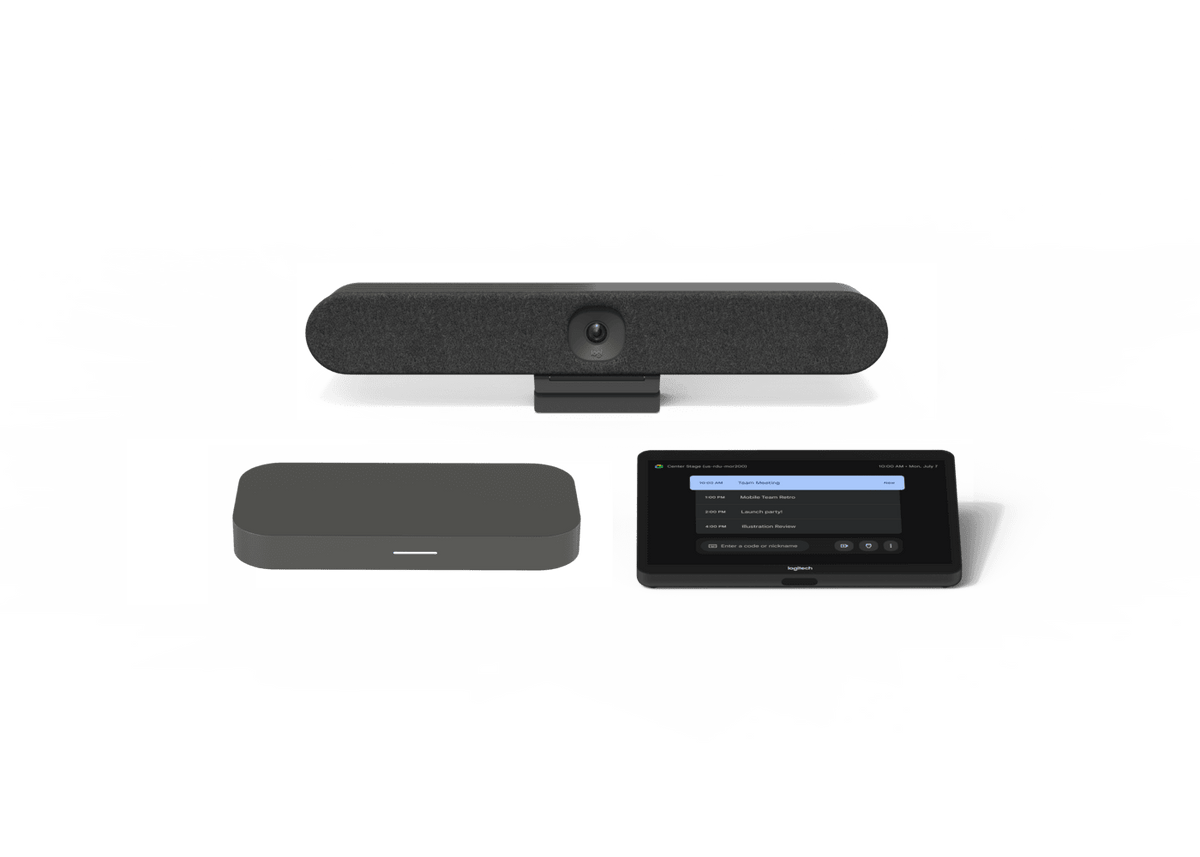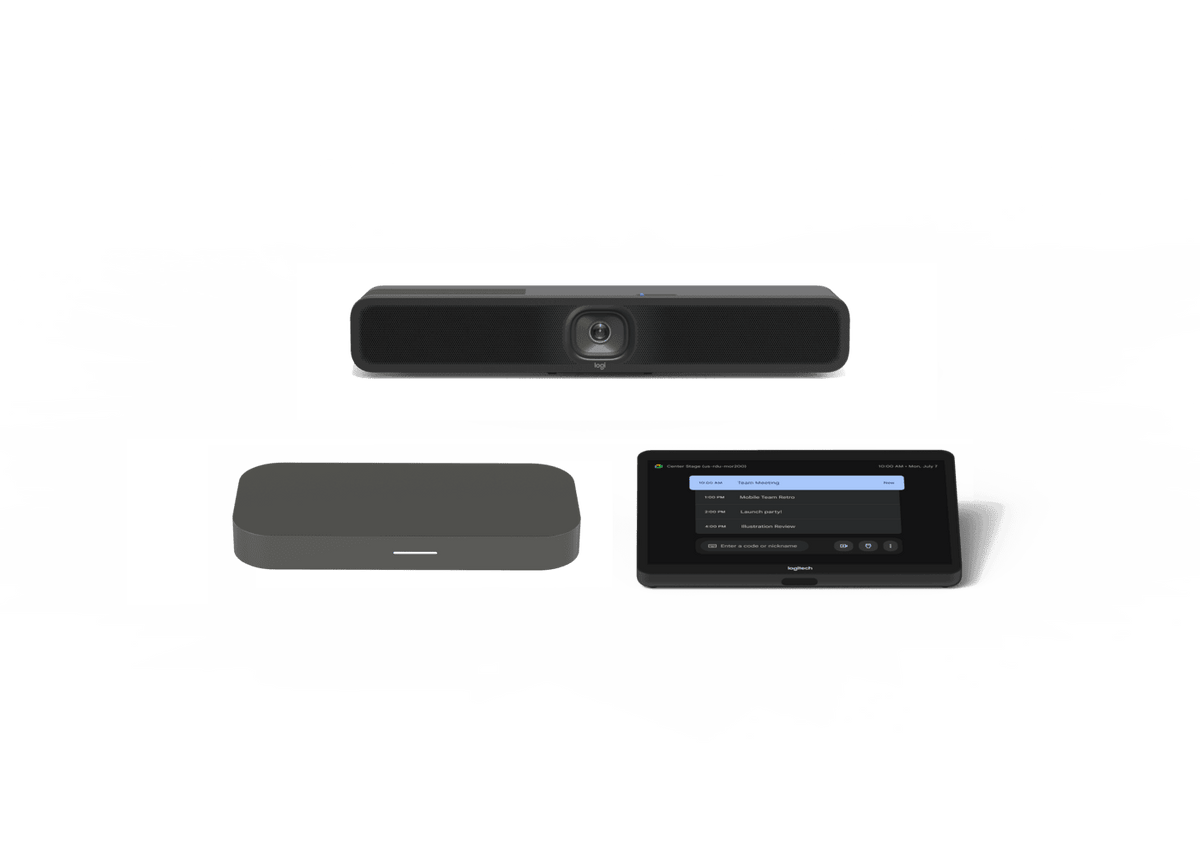LTE-capable Chromebooks are powerful tools for improving both on-campus and at-home education for underprivileged students. Bringing technology to lower-income students is just the beginning of decreasing the digital divide and the subsequent homework gap. With the right technological tools, students can more easily engage in digital and in-person classrooms, creating better educational opportunities for themselves. Increasing digital equality empowers students to achieve better academic outcomes, leading to higher-income jobs and career opportunities in the long term.
Consistent access to high-speed internet has long been a major factor contributing to the digital divide, which only widened after COVID-19-related lockdowns. In addition to financial limitations, students from areas with poor or no broadband access suffer in terms of academic progress and from associated mental health issues due to the lack of resources. Without these information technologies, families struggle to provide the necessary tools and materials for effective remote learning. Many families simply rely on smartphones for connectivity and work completion for their children. Chromebooks can help students thrive in remote learning environments by leveling the playing field for all digital classrooms.
Chromebooks are simple to use and low in cost. They give students access to the right technology tools but also are easier for school districts and IT to deploy and manage. For these reasons, Chromebooks are promising tools for education, government, and nonprofit organizations that can help bridge the digital divide by bringing internet-connected technology to schools and lower-income families.
Learn More
Learn more about the innovative ways technological tools like Chromebooks are being used to increase digital equality by downloading the whitepaper “Bringing Technology to Lower-Income Families to Reduce the Digital Divide and the Homework Gap During COVID-19.”

